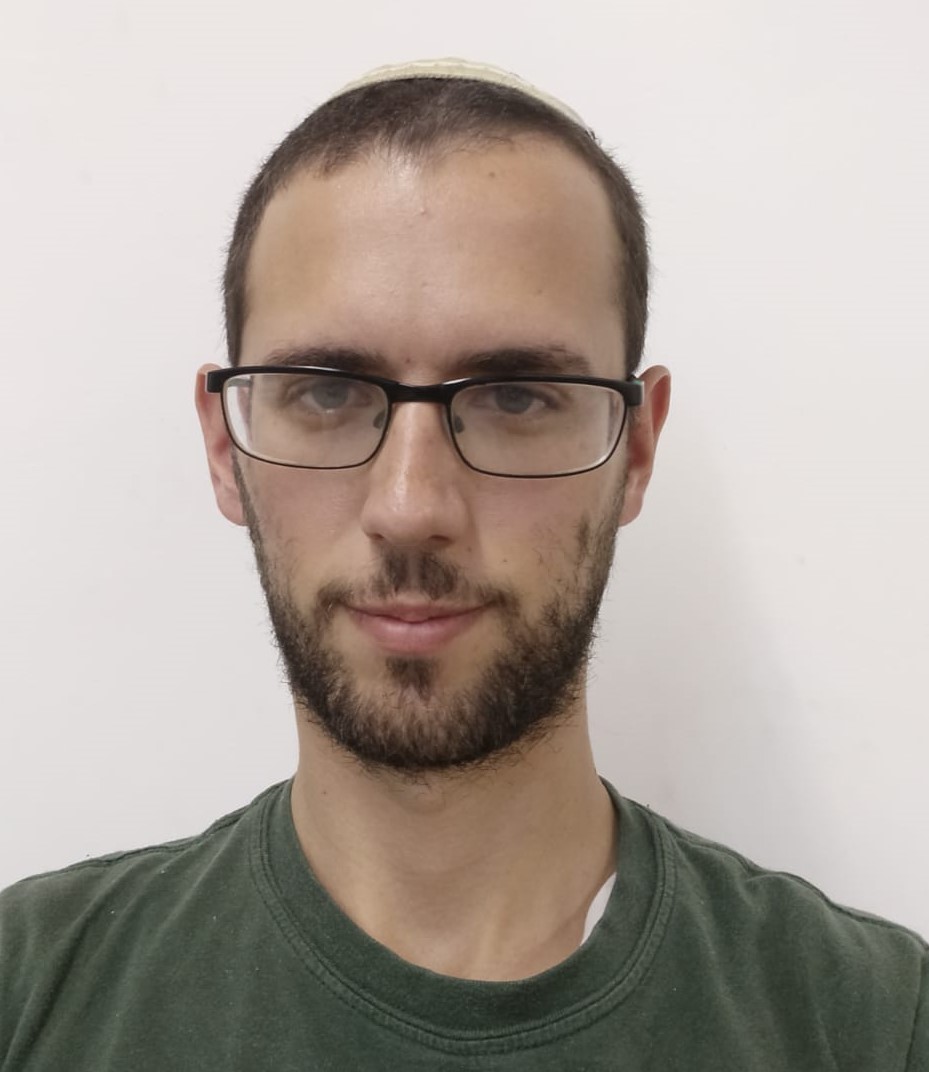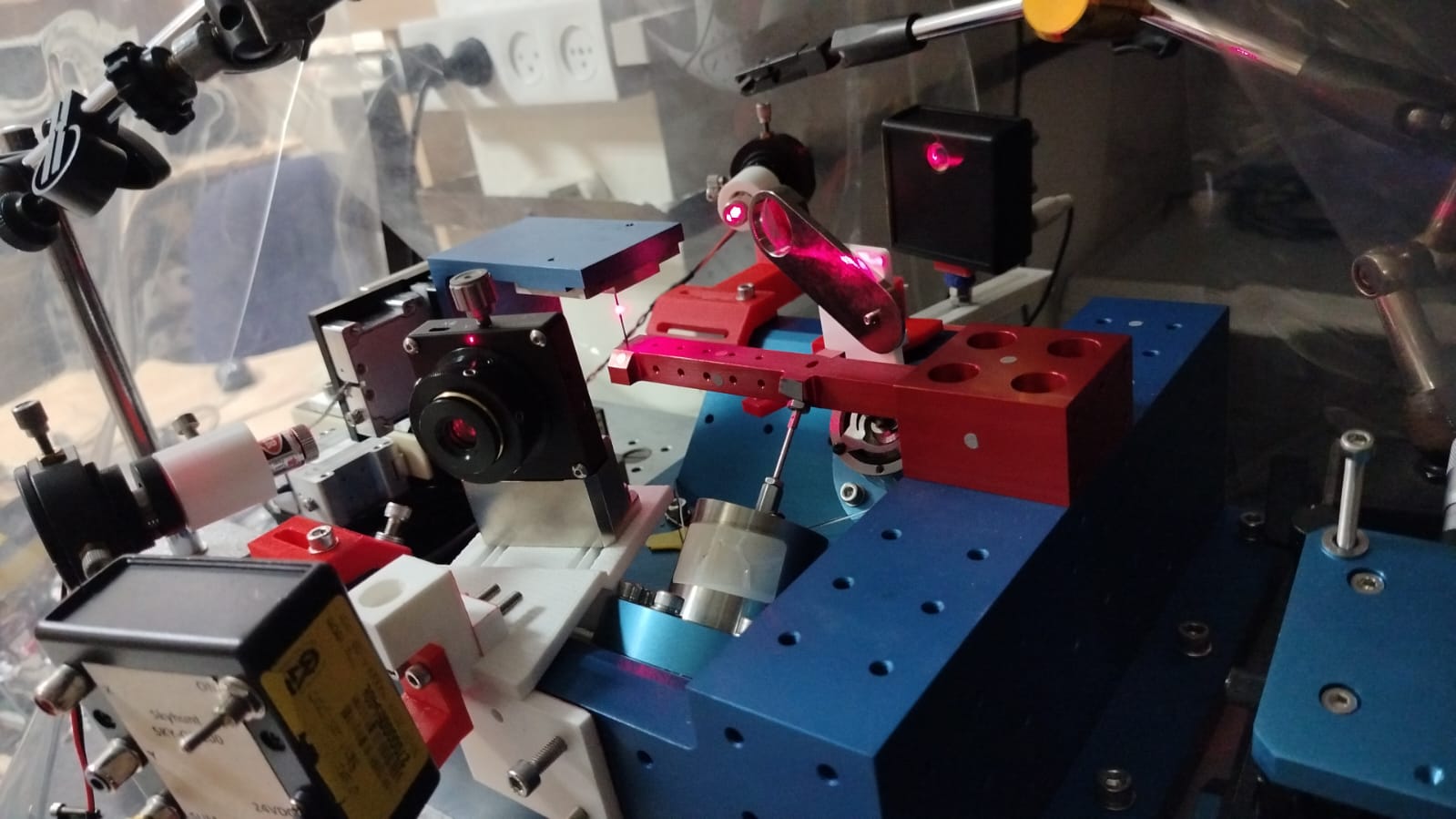ACADEMIC DEGREES
2021-current: PhD student in Mechanical Engineering, Technion – IIT.
Thesis: Nanowire sensing for Atomic Force Microscopy.
Advisor: Prof. Izhak Bucher.
2020: MSc in Mechanical Engineering at the Technion.
Thesis: Tunable periodic structures for vibration and acoustic applications.
Advisor: Prof. Izhak Bucher.
2018: Bsc in Mechanical Engineering at Tel-Aviv University.
Full CV – Download
Contact Details
Email: eyalbaruch911@gmail.com
Research Interests
- Acoustics, vibrations, dynamics and modal identification
- inverse modeling
- Nonlinear control
- Robotics
Past projects:
Dynamics of imperfect cyclic symmetric systems
In this project we explored the dynamics of cyclic symmetric systems. These systems exhibit doublet sinusoidal mode shapes, which can be exploited to excite traveling waves. However, imperfections in the system cause a mode split, which changes their natural frequency and mode shape. We developed a model that can derive from the mode split the imperfection location, and proposed an adaptive control method to overcome the deviation from symmetry and excite perfect traveling waves.
In addition, these systems act as metamaterials with no boundary conditions. We exploited this attribute to develop a method to accurately measure the dispersion curve of metamaterials.
Current projects:
Sensing of nanoscale grooves via Autoresonating Nanowires
Atomic force Microscopy (AFM) is a widely used metrology method, due to its high accuracy. However, this method has some limitations, one of them being the inability to sense deep grooves and take into account distributed interactions. This projects Aims at developing these capabilities, by adding a nanofiber to the tip of the AFM. A iterative approximation algorithm that decouples the distributed interactions and approximates the topography of a deep groove was developed, and numerically and experimentally validated.
currently, a method for sensing capillary forces and modeling is being developed. These forces are highly nonlinear and can distort the AFM measurements. Preliminary results show the hysteretic nature of these forces. By using autoresonance and periodically changing the distance from the measured sample, we will be able to accurately measure and model them.
JOURNAL PUBLICATIONS
- 2021: E. Baruch, Y. Vered, I. Bucher, Active detection of small imperfections in structures with cyclic symmetry. Journal of Vibration and Acoustics.DOI:10.1115/1.4049384
- 2022: Y. Vered, E. Baruch, I. Bucher, Experimental Dispersion identification using a fitted state-space model. Journal of Sound and Vibration.https://doi.org/10.1016/j.jsv.2021.116580
- 2022: E. Baruch, Y. Vered, I. Bucher, Automatic traveling wave excitation of structures with imperfect cyclic symmetry. Mechanical Systems and Signal Processing.https://doi.org/10.1016/j.ymssp.2022.109616
- 2023: E. Baruch, I. Bucher, Finding the exact solution using an inexact model; A successive approach for inverse modeling. In preprint. https://arxiv.org/abs/2303.06730




